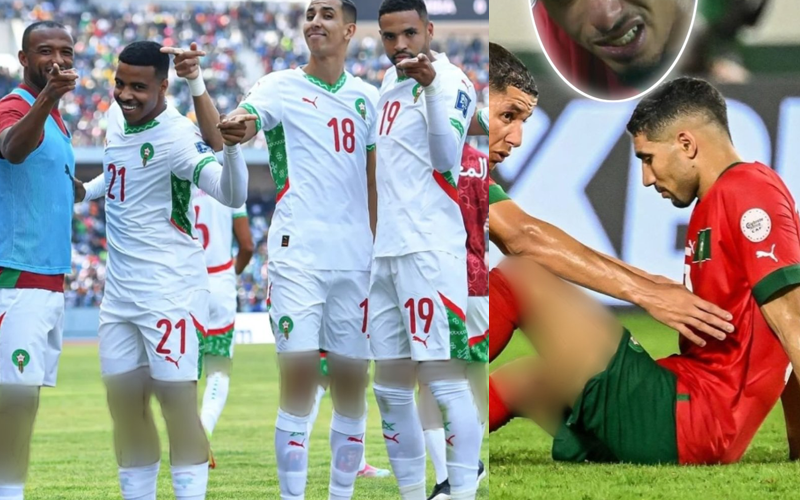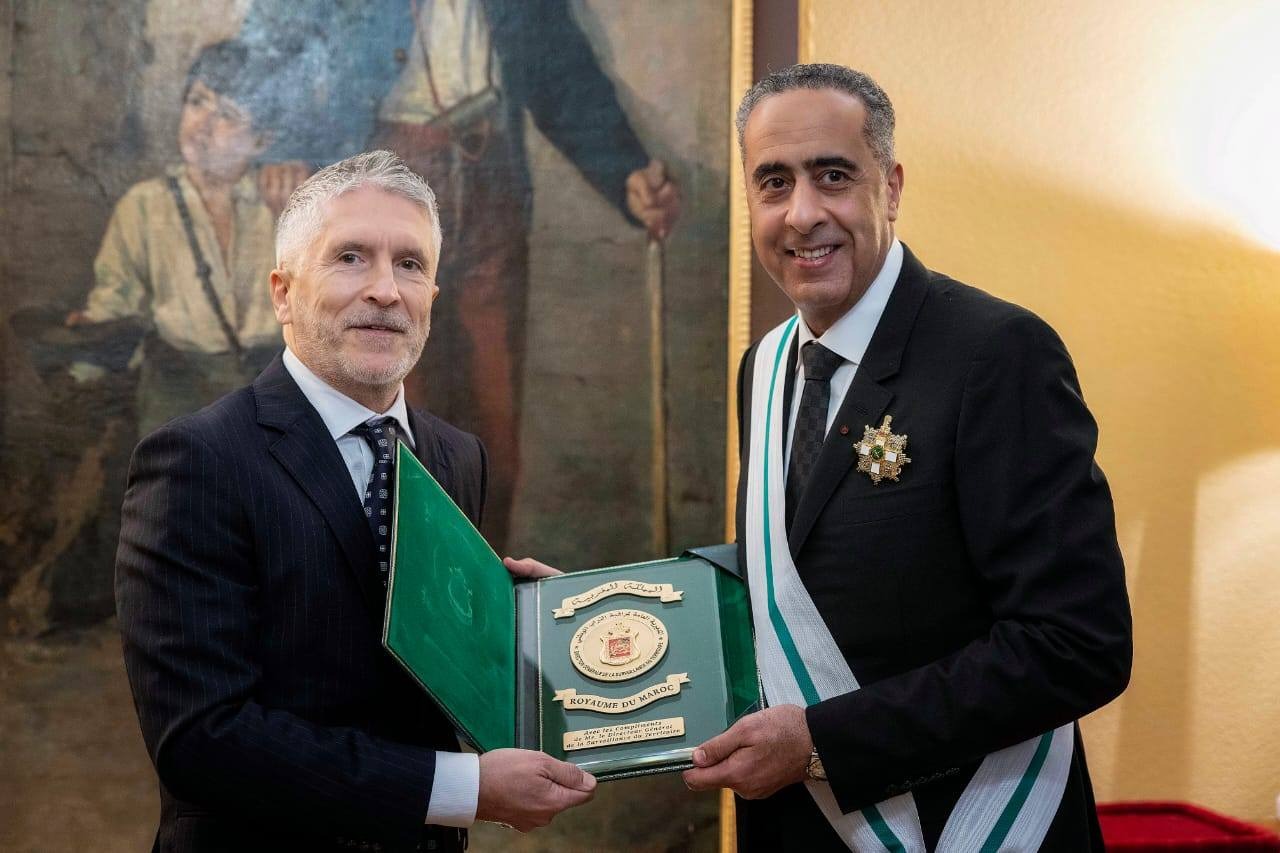Recently, a Moroccan sports platform specializing in football news has sparked significant controversy due to its unique approach in handling images and videos that display the thighs or bodies of players from the Moroccan national team.
This French-language platform, known as “Actu Foot Maroc,” has adopted an editorial policy that includes covering or omitting certain parts of players’ bodies, such as thighs or buttocks, in an effort to promote “modesty” and prevent the appearance of what it deems “nudity.”
This move has ignited fierce debates regarding the relationship between sports, media, and religious extremism.
### Background of the Phenomenon
As the Moroccan national team achieves notable successes, numerous sports platforms have emerged, particularly ones covering news via social media, with many run by individuals from the diaspora.
Recently, this sports platform has taken an unusual practice of editing images or videos to cover certain areas of players’ bodies, which often show due to the short athletic uniforms they wear. This practice, justified by the platform as aligning with “Islamic values” or “modesty,” raises questions about its true motives and whether it reflects religious extremism or simply a bid to attract attention in a competitive media market.
### Religious and Cultural Context
In Morocco, a country with a moderate Islamic culture, issues regarding dress and modesty are part of public discourse but are rarely raised in the context of professional sports. Football uniforms, featuring short shorts and fitted shirts, are a global standard aligned with game requirements and are generally not viewed as conflicting with religious or cultural values. However, it appears that this platform has adopted a strict interpretation of modesty, drawing criticism from some circles who see this behavior as exceeding reasonable boundaries and imposing a radical vision on a neutral sports domain.
The controversy around this practice lies in its potential to be seen as an attempt to impose a religious agenda on sports media, especially amid the rising influence of extremist religious currents in some Arab communities. While Islam encourages modesty, the definition of “nudity” varies across jurisprudential schools and local cultures, and there is no consensus that sportswear violates these values.
### Reactions and Public Debate
This practice has elicited mixed reactions. On one hand, some view the platform as exercising its right to present content consistent with the values of its target audience, particularly if aiming at a religiously conservative demographic. These individuals argue that media freedom allows each platform to choose its coverage style, as long as it does not compromise content quality or infringe on others’ rights.
Conversely, critics argue that this practice represents a form of religious extremism, imposing a narrow view on the audience without regard for the general sporting or cultural context. They indicate that editing images or omitting parts of players’ bodies may be seen as a form of censorship, limiting freedom of expression and imposing unnecessary standards on the public. Moreover, this practice could be interpreted as an attempt to generate controversy and gain fame, particularly amidst fierce competition among Moroccan sports platforms.
On social media, opinions have also varied. Some users mocked this practice, considering it detrimental to the platform’s credibility and rendering it unprofessional, while others defended the right to present content that respects religious beliefs. This divide reflects the broader tension between traditional values and modernity in Moroccan society.
### Nudity of Men in Islam
In Islamic teachings, a man’s nudity encompasses the area from the navel to the knee, and it should be covered according to Islamic law during prayer and in the presence of others to maintain modesty. Covering this area is required for the validity of prayer, and loose-fitting, non-transparent, or tight clothing is preferred. The four jurisprudential schools agree on this limit, although there are slight variations; some scholars consider the thigh part of nudity, while others do not.
Source
















